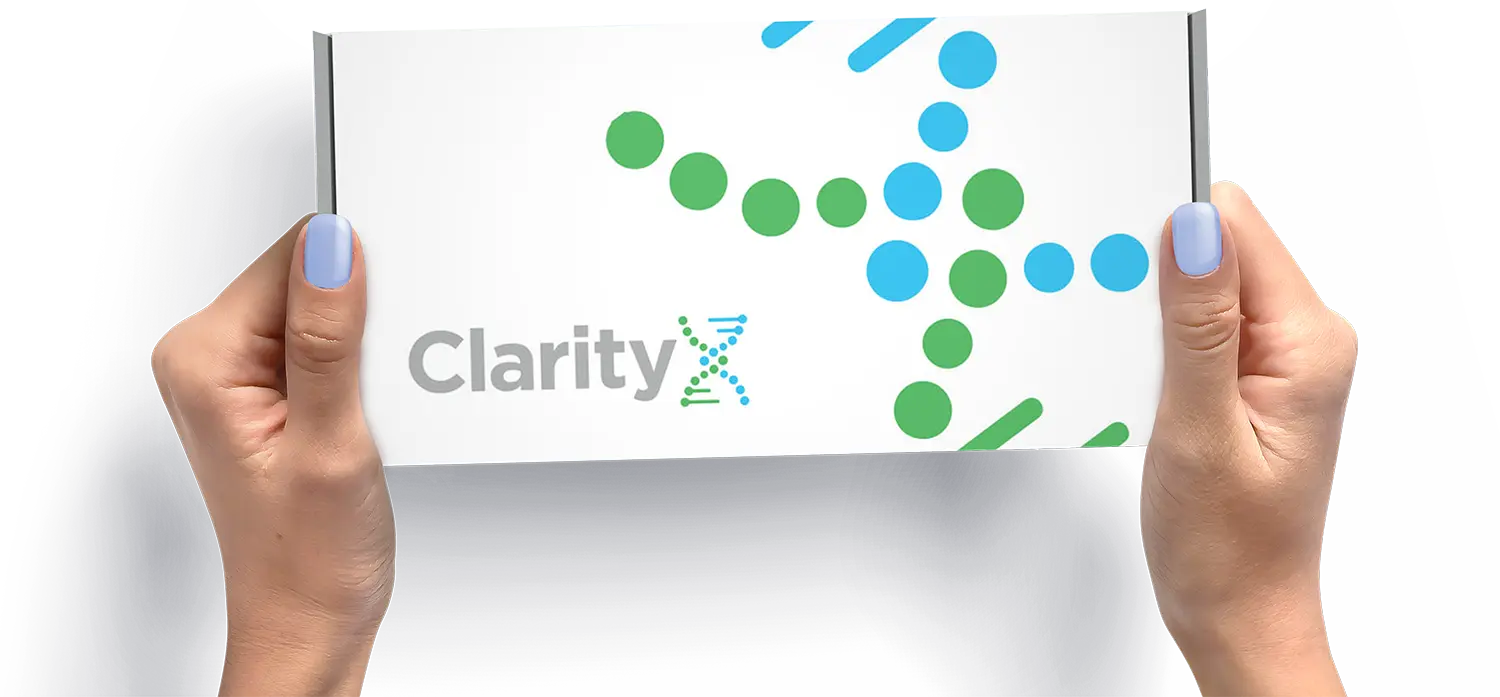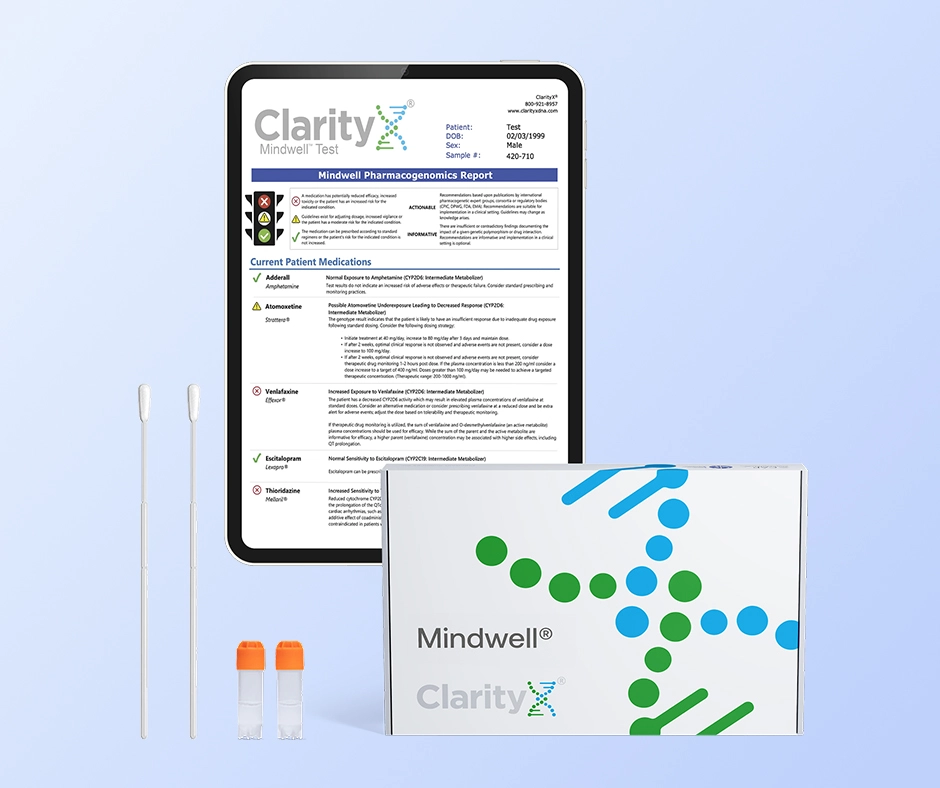Key Highlights
- Qelbree is a non-stimulant medication used for managing ADHD in adults and children six years and older.
- It’s available in extended-release form and is typically taken once daily.
- Qelbree helps by raising norepinephrine levels in the brain, improving attention and focus.
- It often takes a few weeks for Qelbree to work fully.
- Some common side effects include feeling sleepy, a loss of appetite, and headaches. Some side effects may subside as your body becomes accustomed to the medication.
Introduction
If you or your child has been prescribed Qelbree for ADHD, you’re probably wondering how long it will take to start seeing results. This is a common question—and it’s a good one. When starting any new medication, especially one that influences focus, behavior, and attention, it’s natural to want to know what to expect.
In this article, we’ll walk through how Qelbree works, how long it typically takes to notice changes, and what factors can influence its safety and effectiveness. Whether you’re just starting out or still weighing your options, this can help you have more informed conversations with your healthcare providers.
Understanding Qelbree and Its Uses
Qelbree is a somewhat unique medication for treating ADHD. Unlike many other ADHD treatments, Qelbree is not a stimulant. This distinction may make it a suitable option for individuals who cannot use, prefer not to use, or do not achieve satisfactory results from stimulant medications.
General Overview of Qelbree
Qelbree (viloxazine extended-release capsules) is a prescription medicine designed for individuals facing the challenges of attention-deficit/hyperactivity disorder, known as ADHD. It is approved for adults and children aged six years and older. This ADHD medication functions differently than traditional stimulant medications, focusing on norepinephrine activity in the central nervous system.
Norepinephrine is a chemical messenger in the brain. It plays an important role in controlling attention, focus, and executive function. In people with ADHD, an imbalance in norepinephrine levels may lead to the common symptoms of the disorder.
Qelbree helps by raising the levels of norepinephrine in certain parts of the brain. This can improve attention span, reduce hyperactivity, and lessen impulsive behaviors. Because of its specific action on norepinephrine, Qelbree is a good non-stimulant choice for managing ADHD symptoms.
Qelbree's Role in Treating ADHD
The symptoms of ADHD can significantly impact a person's daily life, making tasks that require focus, organization, and self-control particularly challenging. Common symptoms of ADHD include inattention, hyperactivity, and impulsivity, which can manifest differently depending on the individual and their age.
Qelbree helps treat ADHD by addressing its main symptoms. It operates by altering norepinephrine levels to enhance attention and focus. This enables individuals to engage more effectively in activities that require sustained concentration.
By reducing hyperactivity and impulsivity, Qelbree facilitates daily life for those with ADHD. It's important to remember that Qelbree is part of a comprehensive treatment plan. This plan may also include therapy, educational support, and lifestyle changes, all tailored to meet the individual's needs.
Key Components of Qelbree
Understanding how Qelbree works provides valuable information about this medicine. The active ingredient in Qelbree is viloxazine, which helps manage ADHD symptoms.
Active Ingredients in Qelbree
Viloxazine is the active ingredient in Qelbree and is sometimes referred to by its generic name. This ingredient is important because it helps address the chemical imbalances associated with ADHD. Viloxazine functions as a selective norepinephrine reuptake inhibitor (SNRI), which means it primarily aims to increase norepinephrine levels in the brain.
Norepinephrine is a neurotransmitter in the brain that helps with attention, focus, and decision-making. This activity makes it similar to many antidepressants. Serotonin-norepinephrine reuptake inhibitors (SNRIs), such as duloxetine, have a similar impact on norepinephrine activity, while also influencing serotonin levels. Qelbree acts more specifically on norepinephrine alone.
How Qelbree Interacts with the Body
When Qelbree enters the body, it travels through the bloodstream to reach the brain. In the brain, it interacts with certain nerve cells that release and respond to norepinephrine. This chemical is crucial for attention, focus, and impulse control. Qelbree prevents released norepinephrine from re-entering these nerve cells.
This action helps norepinephrine remain active longer in the gaps between brain cells, known as synapses. As a result, the additional norepinephrine enhances attention, focus, and impulse control.
Qelbree can also cause an increase in blood pressure and heart rate in some individuals. It may be recommended to regularly monitor these vital signs during treatment, particularly when initiating or adjusting the dosage.
Individual differences in genetics and metabolism may affect how Qelbree and other medications are processed in the body. Initial research suggests that changes in liver enzyme activity may not significantly influence Qelbree activity, but Qelbree can affect the processing of other medications by inhibiting enzymes like CYP1A2, which are critical for breaking down some medications. It’s essential to discuss all the medications and over-the-counter products you use with your healthcare providers to ensure they can be used safely together.
Initial Effects of Qelbree
One important aspect of starting any new medication is understanding how long it will take to see its effects. For Qelbree, individuals typically notice a gradual improvement in ADHD symptoms over several weeks. This differs from stimulant medications, which can take effect immediately. Qelbree contributes to a gradual shift in norepinephrine activity that can take several weeks to be fully appreciated.
In the first weeks of treatment, monitor for any changes, whether positive or negative. It is also crucial to communicate openly with your healthcare provider. This way, your treatment plan can be modified if necessary for optimal results.
What to Expect in the First Few Weeks
While the positive effects of Qelbree may take a few weeks to fully manifest, it's normal to experience some initial symptoms as your body acclimates to the medication. Some symptoms may diminish as your system adjusts to Qelbree, but it's crucial to be aware of these side effects and inform your doctor of any concerns.
Some common side effects that people report during the first weeks of Qelbree treatment are:
- Sleepiness or feeling tired
- Reduced appetite
- Nausea
- Headaches
If any effects linger or worsen, contact your healthcare provider.
Identifying Changes in Symptoms
As you begin taking Qelbree, it is important to monitor any changes in your ADHD symptoms. This allows you and your healthcare provider to evaluate how effectively the medication is working. You may need to adjust your treatment plan based on your observations.
In clinical trials, many patients exhibited a significant reduction in their ADHD symptom scores after taking Qelbree, often within the first few weeks. However, keep in mind that the effects of medication can vary from person to person. Your experience may differ from that of others. By collaborating with your doctor, you can utilize tools like ADHD symptom rating scales to monitor your symptoms more systematically.
These rating scales assess the severity of your ADHD symptoms over time. This enables you and your healthcare provider to evaluate whether the medication is addressing your specific symptoms effectively. It's very important to discuss openly what you observe so that Qelbree can meet your needs efficiently.
Long-Term Benefits of Qelbree
When considering treatment options for ADHD, it can be helpful to think long-term. While Qelbree does not work as quickly as stimulant options, it may offer sustained benefits when used consistently over time.
Potential Improvements in ADHD Management
In addition to primary ADHD symptoms like inattention, hyperactivity, and impulsivity, Qelbree might also help improve things like planning, control over feelings, and social skills.
This has the potential to support performance at school or work, and managing impulsive actions can also improve personal relationships and increase self-control.
It’s important to note that for Qelbree and many other ADHD medications, it may take several weeks or months of consistent use to see all the benefits. Staying connected with your healthcare provider is crucial. They can assist with monitoring progress, adjusting the dose if necessary, and enhancing long-term management strategies.
Conclusion
While Qelbree doesn’t work overnight, many patients begin to notice improvements within a few weeks of consistent use. However, individual responses can vary and it may take longer to refine the dosage for individual needs. If you’re considering Qelbree or are already taking it, stay in close communication with your healthcare provider to ensure the medication remains safe and your needs are being met. Patience and persistence often go hand in hand when managing ADHD, and understanding what to expect is an important first step in that journey.
Lastly when considering treatment options like Qelbree your genetics can also play a vital role in determining which medications will be best suited for you. A simple test can help reduce the trial and error process associated with finding the right medication. Find out more by visiting www.clarityxdna.com
Frequently Asked Questions
How long does it typically take to see results from Qelbree?
The time it takes to notice results from Qelbree can vary for each person. Some individuals may see their ADHD symptoms improve within the first week or two, while others might need to take it consistently for several weeks before observing changes. It’s also important to note that dosage adjustments may require weeks or even months, depending on individual needs.
References
https://dailymed.nlm.nih.gov/dailymed/drugInfo.cfm?setid=aedf408d-0f84-418d-9416-7c39ddb0d29a
https://www.ncbi.nlm.nih.gov/books/NBK576423/
https://pmc.ncbi.nlm.nih.gov/articles/PMC9334155/
https://clarityxdna.com/blog/genetic-testing-for-medication-efficacy/





